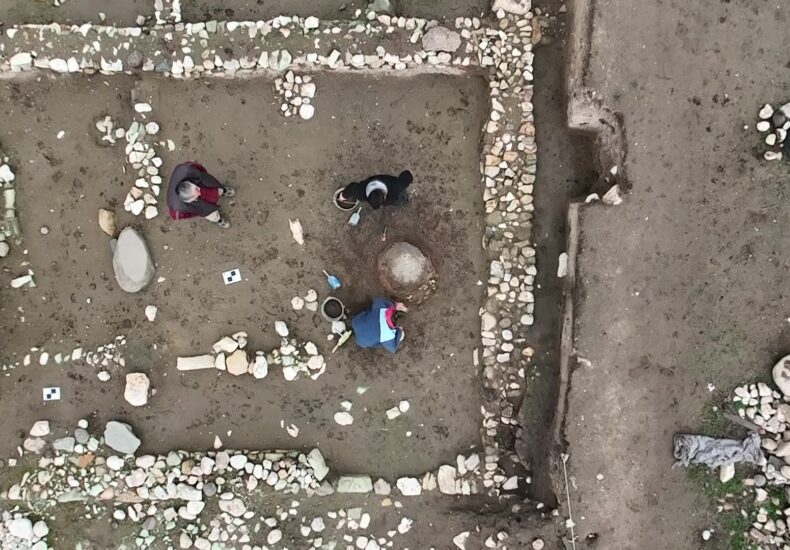
A 2,600-Year-Old Persian-Era Tandoor Discovered at Oluz Höyük by Turkish Archaeologists
Buried just beneath the floor of an ancient domestic space at Oluz Höyük in northern Türkiye, a clay-built oven has resurfaced with a familiar shape. Despite being 2,600 years old, the structure looks strikingly similar to the tandoors still used in Anatolian kitchens today—an architectural continuity that spans millennia. The discovery was made during the
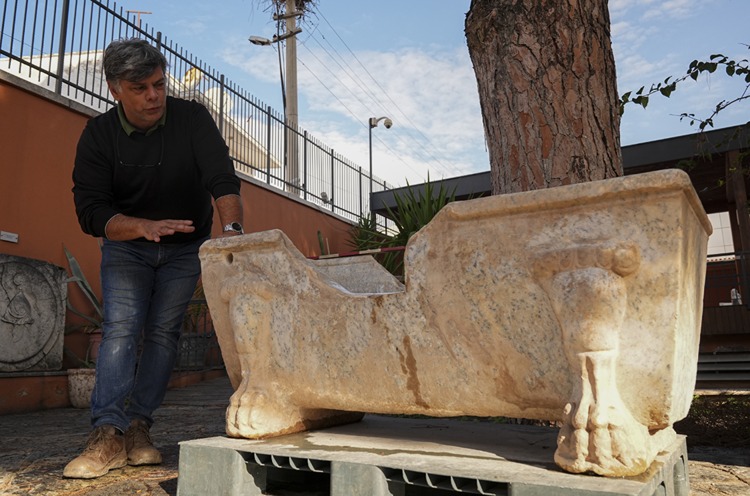
A Roman Elite’s Marble Bathtub Reused as a Fountain Trough Discovered at Ephesus
At Ephesus, one of the most intensively studied cities of the ancient Mediterranean, archaeologists continue to encounter the unexpected consequences of urban life stretching across centuries. During the 2025 excavation season at the UNESCO World Heritage Site, a finely carved Roman marble bathtub—once associated with elite domestic life—has been uncovered along the city’s Stadium Street,
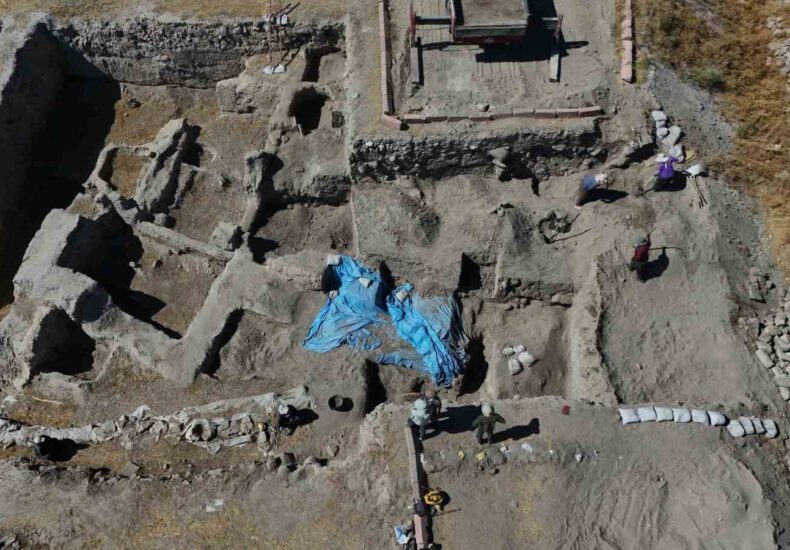
A Palace Beneath a Palace Discovered at Kültepe, Site of Anatolia’s Earliest Written Records
Excavations at Kültepe Kaniš-Karum, one of Anatolia’s most significant archaeological sites, have revealed an unexpected new layer of the past. Archaeologists have identified the remains of a monumental palace structure lying beneath a previously known palace, suggesting that centralized authority at Kültepe developed earlier—and on a larger scale—than previously understood. The discovery comes from ongoing

A 2,000-Year-Old Incense Burner Depicting the Egyptian God Serapis Discovered in Ephesus
Archaeologists in the ancient city of Ephesus have uncovered a finely modeled terracotta incense burner carved with the likeness of the Egyptian god Serapis, adding a striking new piece to the puzzle of cultural exchange in Roman Anatolia. The artifact was unearthed during ongoing excavations at the monumental Harbor Bath complex on the city’s 570-meter-long
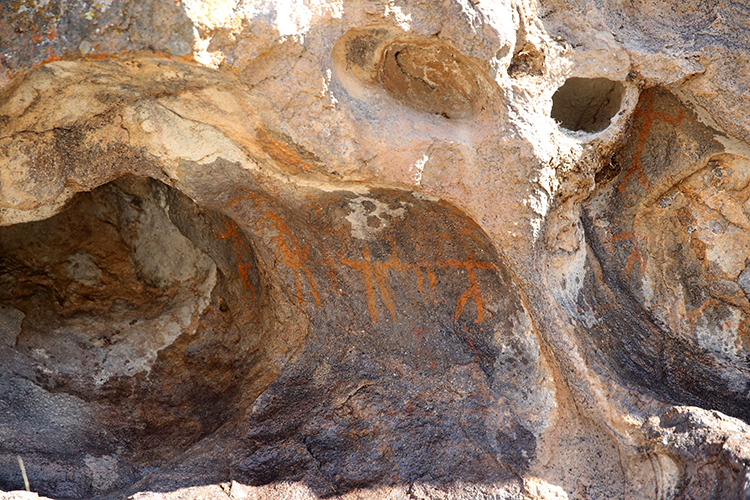
Neolithic Rock Art Discovered in Central Türkiye After Hiker Spots Ancient Cliff Figures
A routine walk through the mountains of central Türkiye has led to a discovery that could reshape the prehistoric timeline of the region. A local resident exploring a remote highland area noticed faint yet distinctive human-shaped markings on a rock face and immediately reported the find to authorities. Early examinations indicate that the figures belong
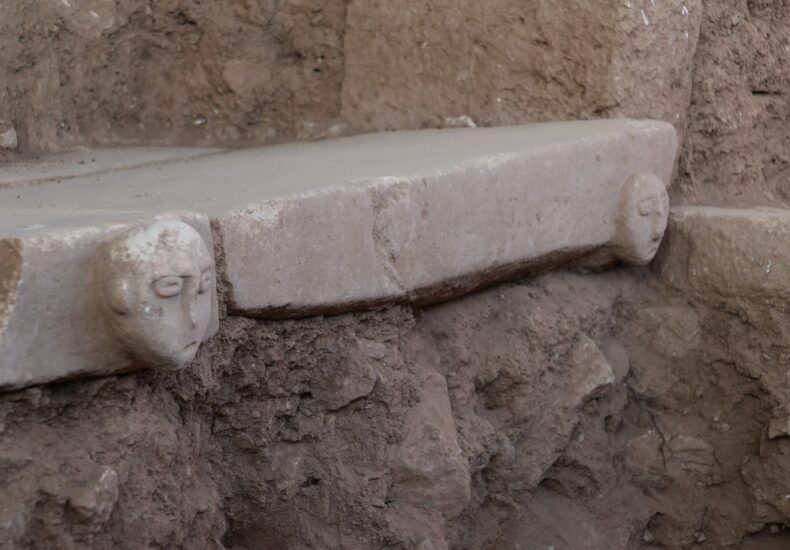
At Sefertepe, Tiny Carvings and a 10,000-Year-Old Skull Room Reveal an Unexpected Symbolic World
The first days of the 2025 excavation season at Sefertepe were expected to bring steady progress, not paradigm-shifting discoveries. Yet on a gentle rise overlooking the plains of Viranşehir, two deceptively small finds—a micro-carved basalt bead and a compact limestone block with dual faces—have redirected scholarly attention toward this lesser-known corner of the Taş Tepeler
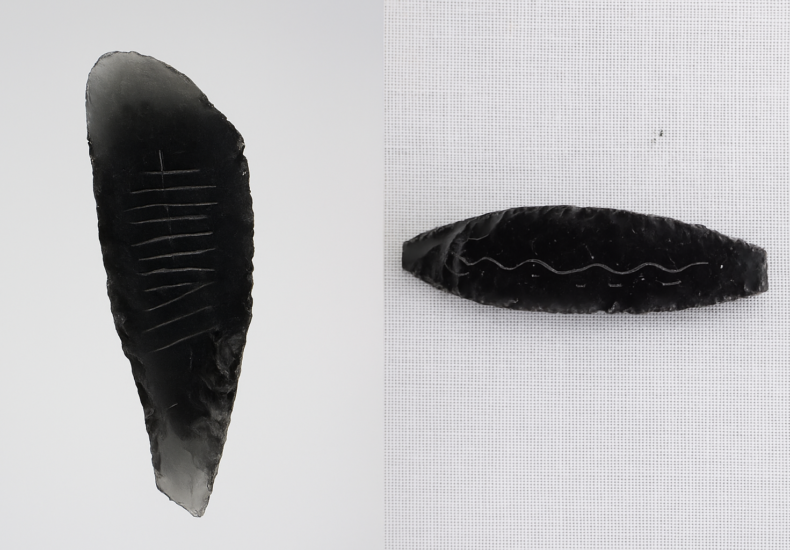
8,500-Year-Old Obsidian Mirrors Unearthed at Canhasan, Home to Anatolia’s Oldest Known Street
The Neolithic settlement of Canhasan in Karaman—long recognized for preserving Anatolia’s oldest known street—has yielded an extraordinary new discovery. During this year’s excavations, archaeologists uncovered a set of finely crafted obsidian mirrors dating back 8,500 years, along with decorated obsidian tools that reveal a distinct symbolic tradition within Central Anatolia’s early farming communities. A Settlement
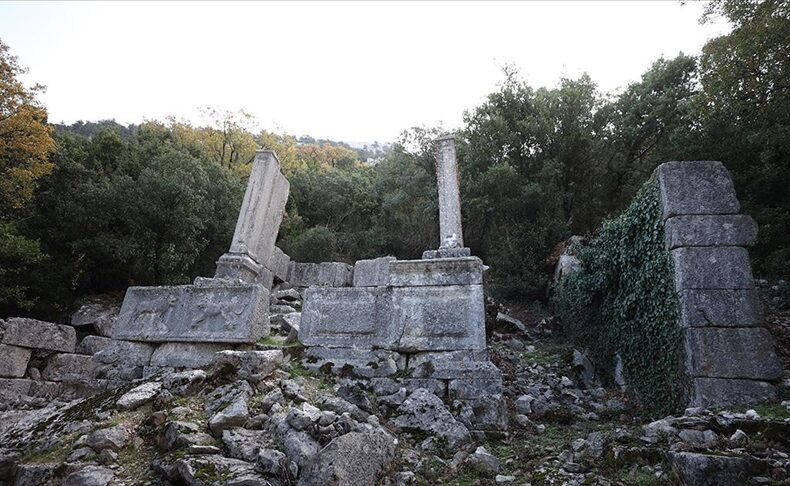
At Termessos, Archaeologists Restore Two Monumental Tombs After Millennia
High on the rugged slopes beneath Mount Güllük, one of Türkiye’s most dramatic archaeological landscapes has begun to reveal its monumental funerary architecture once more. Termessos—protected for millennia by its steep terrain and remembered as the mountain city that even Alexander the Great could not conquer—is now the focus of an ambitious restoration campaign that
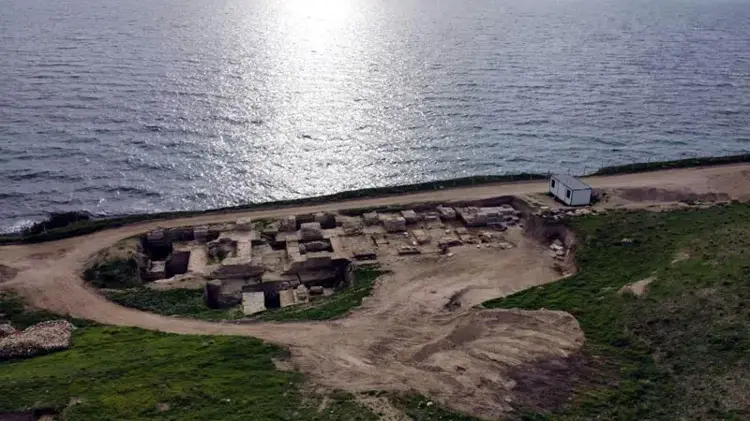
New Coastal Excavations at Perinthos Reveal Signs of Shell Processing on the Marmara Shore
Archaeologists working along the northern shores of the Sea of Marmara have uncovered compelling clues to a little-known aspect of daily life in ancient Perinthos. Recent excavations at Mola Burnu—one of the least explored corners of the ancient city—have brought to light a dense concentration of pierced mussel shells, carefully carved bone hairpins, and multiperiod
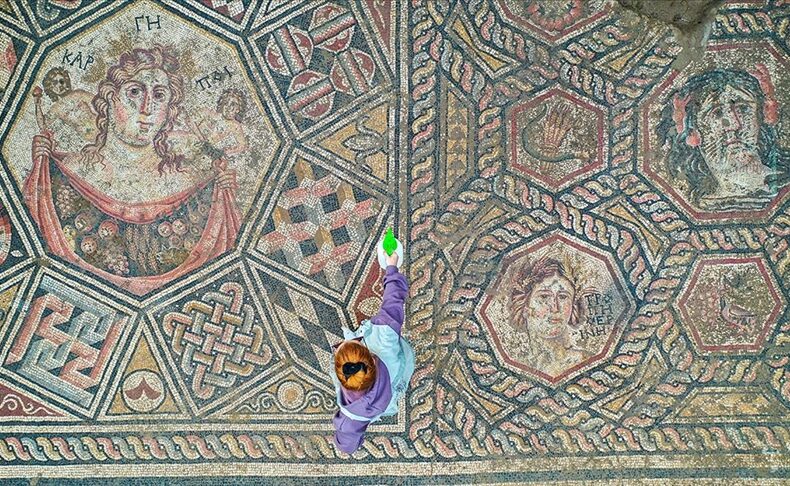
A Roman Mosaic Found 11 Years Ago in Iznik Is Finally Being Revealed: The Askania Figure Emerges
A remarkable discovery in northwest Türkiye is resurfacing after more than a decade. In 2014, workers laying a sewer line in Iznik (ancient Nicaea) briefly uncovered part of a Roman mosaic floor before the area was sealed and placed under protection. What appeared to be a single decorated panel has now, after 11 years, turned
